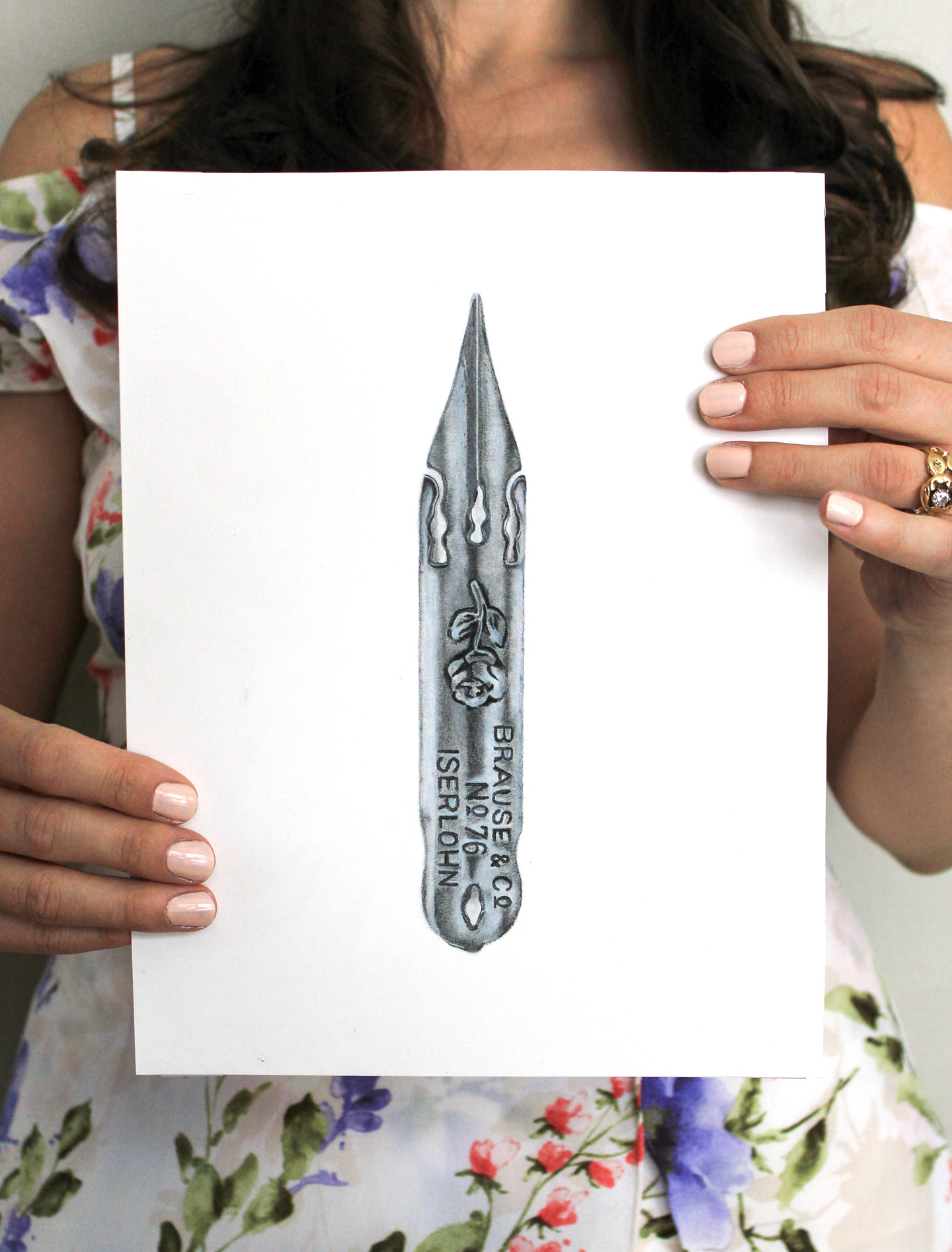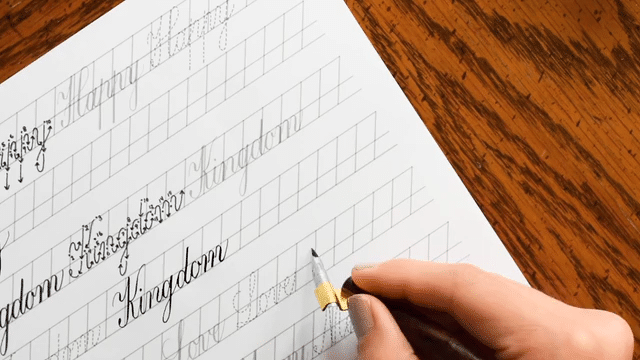Your cart is currently empty!
inspiration in your inbox
Let The Postman’s Knock Spark Your Creativity
TPK’s innovative newsletters are an artistic treat. Join the 125K+ subscribers who have already discovered The Postman’s Knock, and receive 10% off your first Digital Catalog order.




